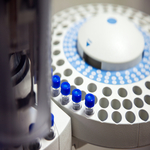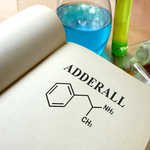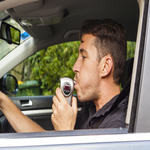This month we are talking about alcohol, because April is Alcohol Awareness Month. The annual occurrence involves a number of events taking place throughout the country, with the aim of increasing public awareness and understanding about the dangers of alcohol use. Alcohol Awareness Month is sponsored by the National Council on Alcoholism and Drug Dependence, Inc. (NCADD) – the leading advocacy organization in the world addressing alcoholism and drug dependence since 1942. This year’s Alcohol Awareness Month theme is: “Talk Early, Talk Often: Parents Can Make a Difference in Teen Alcohol Use.”
Having an unhealthy relationship with alcohol during adolescence can lead to an alcohol use disorder as early as young adulthood. Parents who have open, honest conversations with their children drastically reduce the likelihood of their kids using drugs or alcohol. The more teenagers know about the dangers commonly associated with alcohol use, the greater the chance they will stay away from the insidious substance.
“Alcohol and drug use is a very risky business for young people,” says Andrew Pucher, President and Chief Executive Officer of NCADD, “and parents can make a difference. The longer children delay drinking and drug use, the less likely they are to develop any problems associated with it. That’s why it is so important to help your child make smart decisions about alcohol and drugs.”
Unfortunately, many young adults are already living with an alcohol use disorder (AUD), which is why researchers have a huge incentive to develop effective treatments. Residential treatment centers give people struggling with alcohol the best shot at recovery, but there are times when medications are used to help prevent relapse, such as:
- Acamprosate
- Naltrexone
- Disulfiram
While some people recovering from alcoholism respond well to the aforementioned medications, others have not been so fortunate. Researchers from QUT’s Institute of Health and Biomedical Innovation may have found a new treatment for AUD, and the beta blocker pindolol has already been approved by the Food and Drug Administration (FDA), Science Daily reports. The findings were published in Addiction Biology, the Journal of the Society for the Study of Addiction.
“Drugs currently used for AUDs (alcohol use disorders) — acamprosate, naltrexone and disulfiram — have limited success — so this is a ground-breaking development with enormous potential,” said Professor Bartlett who is based at the Translational Research Institute. “In an internationally-significant breakthrough, our study showed pindolol was able to reduce ethanol/alcohol consumption, particularly in relation to binge drinking, a key behaviour observed in human alcohol dependence.”









